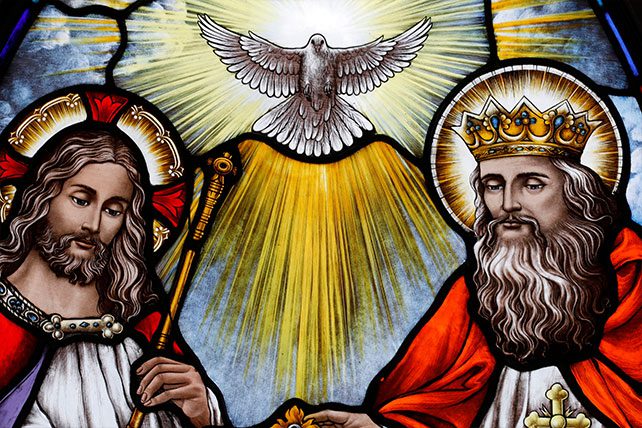The Holy Trinity is one of the most profound and distinctive doctrines in Christianity, encapsulating the essence of God as three distinct persons: the Father, the Son, and the Holy Spirit. This foundational belief sets Christianity apart from other monotheistic religions by presenting a unique understanding of God’s nature and relationality. The importance of the Trinity extends beyond theological speculation; it is central to Christian worship, prayer, and the everyday life of believers. Understanding the Holy Trinity is essential not only for theological literacy but also for experiencing the depth of Christian faith and practice.
Foundational Concepts of the Holy Trinity
The Holy Trinity refers to the Christian Godhead as one God in three persons: Father, Son, and Holy Spirit. Each person is distinct, yet all three share the same divine essence or substance, a concept articulated through the terms “persona” and “substantia” (Latin) or “ousia” (Greek). This mysterious doctrine does not imply three gods, but rather one God in three co-eternal, co-equal persons. This foundational belief challenges human understanding, inviting believers into a deeper contemplation of the divine mystery.
RELATED: Who Is the Holy Spirit?
Biblical References and Origins
While the term “Trinity” does not appear in the Bible, the concept is rooted in Scripture. The Old Testament contains hints of the Trinity, such as the plural form used in Genesis 1:26-31 (“Let us make man in our image”) and the Lord’s threefold blessing in Numbers. The New Testament provides clearer affirmations, particularly through Jesus’ baptism, the Great Commission in Matthew, and various Pauline epistles. The roles of Jesus Christ and the Holy Spirit in salvation history reveal the Trinitarian nature of God, showcasing a dynamic relationship of love and mutual indwelling.
Historical Development and Theological Concepts
The doctrine of the Trinity was not formalized overnight. Early Church Fathers grappled with Scripture and philosophical concepts to articulate this doctrine, leading to the formulation of the Nicene Creed in 325 AD and the Athanasian Creed. These creeds were responses to controversies such as Arianism, which denied the full divinity of Jesus. The development of the Trinity doctrine was a process of deepening understanding and clarification, reflecting the Church’s commitment to preserving the truth of God’s revelation.
Comparative Perspectives
Christian denominations differ in their nuances of Trinitarian doctrine. The Eastern Orthodox Church emphasizes the monarchy of the Father and the “procession” of the Holy Spirit, while the Roman Catholic Church and many Protestant traditions share a common understanding based on the creeds. However, there are non-Trinitarian Christian groups, such as Unitarians and Jehovah’s Witnesses, who reject traditional formulations of the Trinity, highlighting the diversity of Christian theological perspectives.
Practical Aspects and Symbolism
The Trinity profoundly influences Christian life and worship. Prayer often invokes the Trinity, reflecting belief in a God who is relational and accessible. Christian art, symbols, and liturgy, such as the sign of the cross, reflect Trinitarian beliefs. Moreover, Trinity Sunday, celebrated in the liturgical calendar, underscores the doctrine’s importance in Christian faith and practice, offering believers an opportunity to reflect on the mystery of the triune God.

